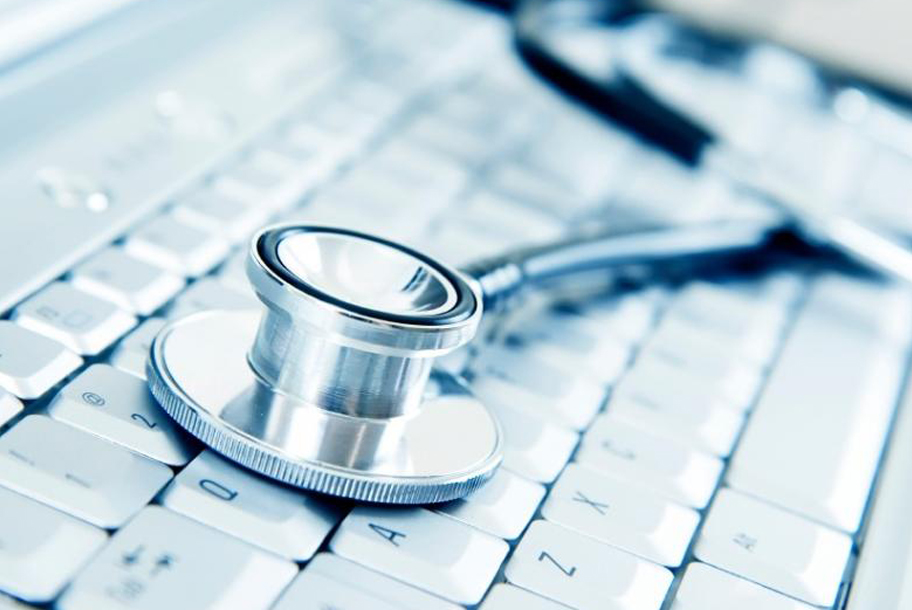For the last couple of years the range, size and complexity of clinical trials have increased, while their nature has changed notably. Researches turn out to be more digitally oriented and far more technologically dependent. And with this advancement, the demand for constant updates in terms of research practices is ongoing. In attempts not to let clinical trials fall behind with currently introduced methods, the FDA keeps encouraging new and more effective strategies which are still compliant with Good Clinical Practice (GCP) regulations. A huge part of FDA’s focus is on the traditional forms of monitoring. Trying to introduce more time- and cost-efficient ways to observe trials, experts on the matter have suggested that the utilization of remote monitoring (RM) will bring more advantages than expected. But how valuable is this type of monitoring?
To begin with, sponsors and investigators invest a lot of efforts and twice as much resources when carrying out a trial. Unfortunately, despite the regular check-ups and numerous risk-based precautious, there still is a vast amount of challenges and unanticipated difficulties which hinder the smoothness of projects. Data quality control, data management, project management, storage, distribution etc. all become much harder to organize and conduct appropriately. And with the classic way of monitoring which does not promise 100% obligation-fulfilment, sponsors as well as researchers are in need of more convenient and purposeful techniques in order to complete their tasks adequately. One such technique is precisely the remote monitoring. If we are to put it next to on-site monitoring, we can notice a serious number of positive results which are the product of the formal and less used sort of monitoring. It is perfectly responsive to the evolution in the sophistication of procedures in the Pharmaceutical, Clinical and Medical industry and promotes better solutions. In this regard, John Holland, senior vice president for research and business development for AMC Health, points out that “This [the use of remote monitoring in clinical trials] will increase the quality and quantity of data, and reduce the burden on patients. Frequent data collection at home is also expected to increase patient safety, because if a side effect were to appear, researchers will know about it sooner.”
Remote Monitoring VS On-site Monitoring
As it seems then, already established ways of monitoring can be either less effective, or effective enough but absorbing additional man-hour that contract research organizations (CROs) and sponsors cannot simply spare. And sometimes it can even be the combination of the two. Multiply this by how often the usual monitoring requires site visits in person and there we have a totality of factors which are more disadvantageous than advantageous. Seeing, experiencing and not wanting the drawbacks of on-site monitoring, sponsors and researchers are starting to implement budget-friendly remote strategies. Thanks to such strategies, Pharmaceutical companies and private organizations can benefit from up to 70% decrease in resources spent on trials. Taking into consideration the fact that 1/3 of the planned trial resources go to monitoring, such dramatic decrease is more than welcome.
Benefits of Remote Monitoring
- Time-efficacy and cost-efficiency – Clinical trials come with a lot of responsibilities like paperwork, documentation and dealing with a constant flow of data. There are situations when going through that much information becomes impossible and monitors tend to skim that information in order to complete the task more quickly. Of course, this can cause complications which lead to findings of documentation inconsistences. Offshore projects are among the most frequent ones that suffer such problems. With voluminous data and limited time to spend in another country where a study is taking place, specialists once again choose remote monitoring than on-site monitoring. As a result, the adoption of remote monitoring allows researchers to save time and money, while tracking patients’ reactions to drugs, keeping records, filing of data and so on.
- Remote documentation practices – Another benefit is that RM enables CROs to remotely send and receive important trial documents via emails.
- Easier document verification – Verifying documentation is again a lengthy process but thanks to remote monitoring and the suitable set of electronic devices it becomes something that can be done faster and easier.
In summary, monitoring has always been regarded as extremely important. It is the activity which makes sure that a trial is appropriately managed and can go on in accordance with protocols, laws, Standard Operating Procedures (SOPs) and Good Clinical Practices (GCPs). The most frequently used monitoring approach requires on-site visits. But with more Pharmaceutical companies moving into the electronic era, the need for updated monitoring types is growing. In order to keep up with the demands of the developing sector, the FDA has introduced the remote monitoring as a more suitable way to deal with everyday study practices. It not only offers bigger efficacy when it comes to time and resources but it also facilitates the work of researchers and sponsors.
PDF Version of this article available here: https://crotraining.co.uk/wp-content/uploads/2015/09/290915-Remote-Monitoring-in-Clinical-Trials.pdf






